What sacrifices do women agree to make just to achieve smooth skin without excess hair? Over the past centuries, many ways to achieve this goal have emerged. Wax strips, newfangled razors, electric epilators, and even sugar paste are used to combat unwanted hair. All these methods are good in their own way, but they have one drawback: irritation after depilation. How to avoid discomfort and achieve smooth skin without purulent pimples at home?
Why does irritation occur?
The well-known truth says: “To eliminate a problem, it is necessary to influence the cause of its occurrence.” Therefore, knowing the root of the origin of red dots after depilation, you can avoid many undesirable consequences for the skin.
If after several hair removal procedures a woman experiences irritation, then it is necessary to change this method. That is, the first reason is individual characteristics. One woman is suitable for waxing, and the skin remains smooth for the next 3-4 weeks, while another may experience redness and sometimes even itching during this procedure.
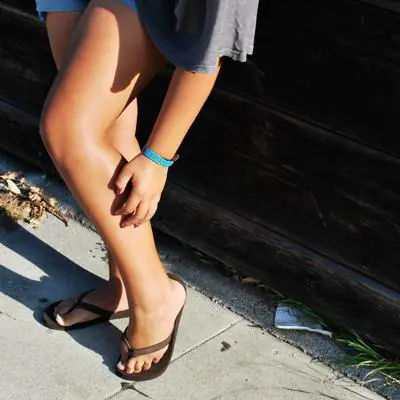
Any method for removing visible unwanted hair is based on an aggressive effect on the skin. When shaving, the blade damages the upper layer of the epidermis, which is invisible to humans, and wax, sugaring and electroepilator pull the hair out of the follicle, thereby compromising the integrity of the skin. In all cases, the skin after depilation, if not properly cared for, can allow microbes inside, which can subsequently cause inflammatory processes.
What are ingrown hairs?
Most often, after hair removal at home and with improper skin care after a salon depilation procedure, the problem of ingrown hairs arises. This is when inflamed bumps with a black dot inside appear on the skin. They look unaesthetic and develop insecurity in women.
Cosmetologists note that the problem of ingrowth lies in a thick layer of dead epidermal cells, when thinning hair cannot penetrate through it after removal. Then it grows along the path of least resistance inward. And if after depilation the irritation may go away over time, then removing ingrown hairs yourself is very dangerous.
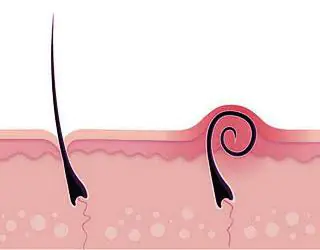
Most often, the ingrown process begins after hair removal with wax, electric epilator and razor. Other causes include genetic characteristics, damage to the hair canal, and wearing tight synthetic underwear, which prevents moisture evaporation and promotes the development of bacterial infections. Moisturizing cream after depilation, scrub and sugaring will help to avoid complications.
Home remedies for irritation
The razor leaves microcuts, and the electroepilator, wax and sugar paste provide access to the follicle freed from hair. It turns out that in all of the listed methods of depilation, the skin is injured. And if it is not treated, then irritation cannot be avoided.
Now we will present 2 recipes that are easy to prepare yourself and, after applying them, protect the skin from inflammation:
- Recipe No. 1. Turmeric is a natural antibiotic, which means that the spice has the property of inhibiting the growth of living cells. Turmeric diluted with water to a paste will perfectly cope with the problem of irritation after depilation. This mixture is applied 20 minutes after hair removal, after which it is washed off with water. The area stained with the spice is neutralized with kefir.
- Recipe No. 2. A cream based on shea butter can help remove irritation after depilation in the bikini area, legs and armpits, and moisturize the skin. It is necessary to mix in a container 7 tablespoons of shea butter, 3 tbsp. spoons of almond oil, 20 drops of chamomile oil, 3 tbsp. spoons of distilled (or boiled) water and 15 drops of lavender. Whisk all this and store in the refrigerator.
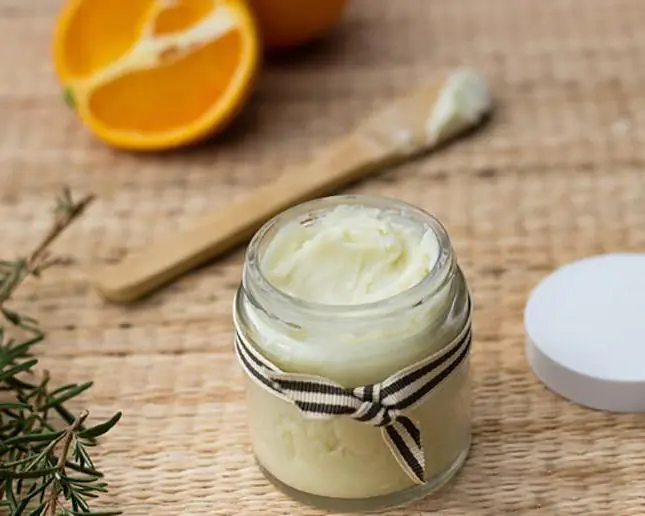
Home remedies for ingrown hairs
To prevent irritation accompanied by ingrown hairs from affecting smooth and clean skin after depilation, you need to start using an exfoliating scrub a week after the procedure:
- Recipe No. 1. You will need 3 teaspoons of sugar, to which are added 5 drops of orange oil and 3 teaspoons of almond oil. The finished product is stored for 1 month and is applied to the skin against hair growth.
- Recipe No. 2 takes a little longer to prepare and, when applied, slows down hair growth. It is necessary to make an infusion of dope; for this, 50 grams of stems, leaves or seeds of this plant are poured with 300 ml of boiling water. Cover the pan with a lid and simmer the broth for 15 minutes over low heat. Add 1 tbsp to the cooled and strained infusion (200 ml). a spoonful of alcohol, 5 drops of iodine and 10 drops each of tea tree and eucalyptus oil. The finished product is poured into a container with a spray bottle and applied to the skin of the legs after depilation a week later. After contact with dope, be sure to wash your hands thoroughly and put the product out of the reach of children.
A contraindication to the use of the listed recipes is individual intolerance.
Does sugaring help prevent irritation?
There should be no negative consequences after hair removal in beauty salons. When the question arises of what to do if there is severe irritation after depilation, you must immediately notify the specialist about the problem. It is not worth treating the skin on your own, especially when there is no information about what products were used to treat the hair removal sites before and after the procedure.
Modern methods of depilation in beauty salons are sugaring and waxing. The first method involves working with sugar paste, the second - with wax. These two procedures are similar, but sugaring has more advantages, one of which is the absence of irritation.
Firstly, the product consists of natural ingredients and is an excellent preservative, so it is suitable for sensitive skin, and secondly, the removal technique follows the hair growth, which does not break it off, but pulls it out with the bulb.
Sugar depilation at home: recipe
For professional use, there are entire lines of products for the sugaring procedure, including pastes that differ in plasticity. But in salons, the cost of such a procedure, depending on the area of removal, varies from 300 to 2 thousand rubles, so sugar depilation became the reason for experimenting at home.
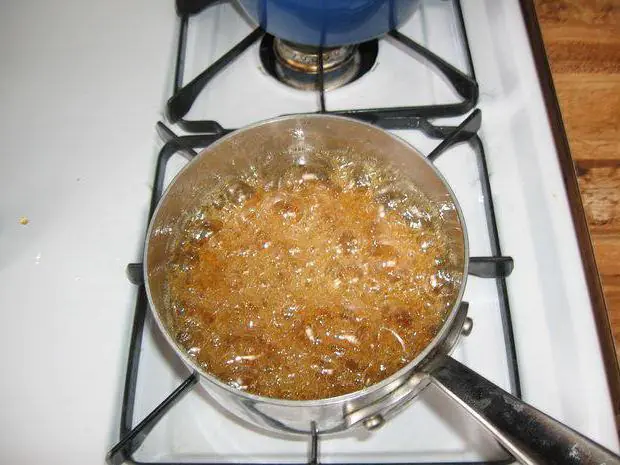
Cooking pasta. Pour 10 tbsp into a non-stick frying pan. spoons of sugar, pour in 1 tbsp. spoon of water and 4 tbsp. spoons of lemon juice. Before boiling, the ingredients are constantly stirred over moderate heat. As soon as the product begins to bubble, reduce the heat and cover the pan with a lid for 10 minutes. After which the finished paste, while still hot, is poured into a plastic container and cools.
Sugaring procedure
Unlike waxing, this procedure is less painful, provides 100% hair removal, and there is no irritation after depilation. Contraindications: diabetes, pregnancy, diseases and complex skin disorders, moles, papillomas. The procedure is carried out in several stages:
- Degreasing and disinfection of skin. Taking a shower with soap or gel is suitable.
- Talc, powder or powder. At home, you can replace it with starch or flour. This is necessary to remove excess moisture, since the paste will not work if it comes into contact with wet skin.
- Roll up a small ball of cooled paste and apply it with progressive movements against hair growth. Everything is done slowly to give time for the product to enter the mouth of the follicle and hook the hair. Then, holding the skin with one hand, the product comes off with the second along the hair growth.
- Remains of paste are removed with a damp swab.
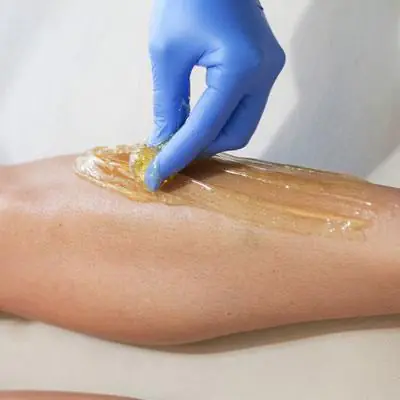
Sugar hair removal at home is a safe and inexpensive procedure that you can try to do yourself.
Post-depilation products
As already mentioned, any method of hair removal produces stress on the skin. To reduce it, you need to use the right cream after depilation (Baptiste, Floresan, GreenMama, Velvet, Kloran). The presence of mineral oils in the composition of such a product is not allowed, as they clog the mouths of the ducts of the sebaceous glands, resulting in the development of folliculitis - a disease accompanied by the appearance of red nodules, sometimes itchy.
Propylene glycol is also a taboo ingredient in post-hair removal products. Frequent use of cream with propylene glycol dries out the skin, resulting in irritation.
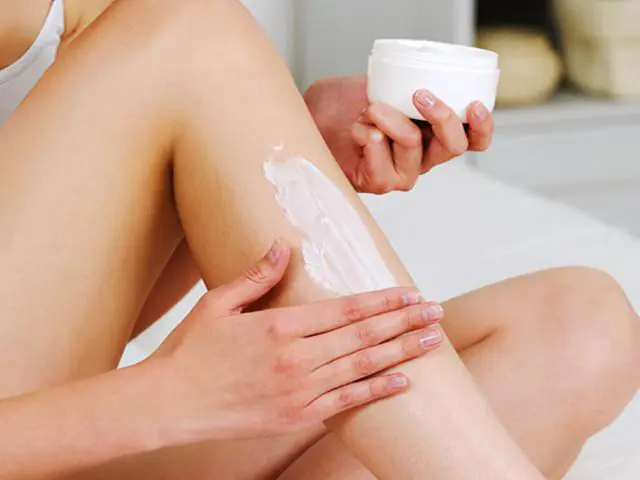
An ideal cream for smooth skin should consist of herbal ingredients. Menthol, which relieves itching, and papain, which slows down hair growth, have a beneficial effect on the skin. Fruit acids and plant extracts, such as aloe vera, moisturize the skin.
It is better to choose the consistency of the product in the form of a cream or gel, without alcohol.
What is better for depilation: razor, wax, sugar paste, cream or electric epilator?
It is impossible to answer this question definitely. After all, the cause of irritation may be individual. Each depilation method has its own advantages and disadvantages (see table).
RapidityThe tip of the hair becomes sharp and stiff, ingrown hairs appear
The composition of the creams is saturated with aggressive substances that irritate the skin.Simplicity, root removal
The most painful method, a long procedure, very often the problem of ingrown hair occurs
Hair thinning over time, removal from the root
A very painful procedure, the thermal effect negatively affects the venous walls, so it is prohibited for people with varicose veins or ingrown hairs
Treatment of ingrown hairs, hair removal from the root, no irritation, less painful procedure than waxing
The procedure at home is difficult
If irritation occurs, what should you do?
- Change your hair removal procedure.
- After depilation, you should avoid taking water procedures, baths and solariums for 20 hours.
- The pharmaceutical product "Chlorhexidine" will soothe and disinfect the skin.
- You can also apply the antimicrobial drug Metrogyl (gel).
- Use homemade remedies made from turmeric and shea butter.
- If the rash does not go away, you should consult a dermatologist.
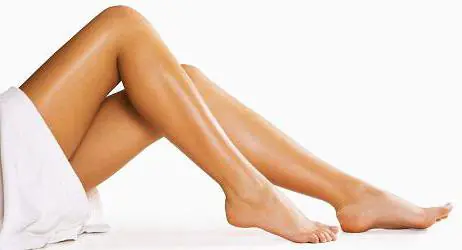
To avoid the question of how to remove irritation after depilation, it is necessary to properly care for the skin after the hair removal procedure, namely, use a special cream and exfoliate on time.

Epilation is a procedure for removing hair from certain areas of the body. It differs from depilation in that it removes the hair along with the hair follicle. Irritation after hair removal is an unpleasant phenomenon that every second girl encounters (regardless of skin type), and this is normal, experts say.
Reasons for appearance
Hair removal is a procedure that the life of a modern lady cannot do without, but even it requires sacrifice. Microdamages after the procedure result in red spots on the body, itching and an unpleasant appearance of the skin surface. During the procedure, the “body” of the hair and its root are subjected to mechanical damage. The latter, by the way, exceeds the thickness of a hair in size and injures cells from the inside. This is the reason for the formation of irritations.
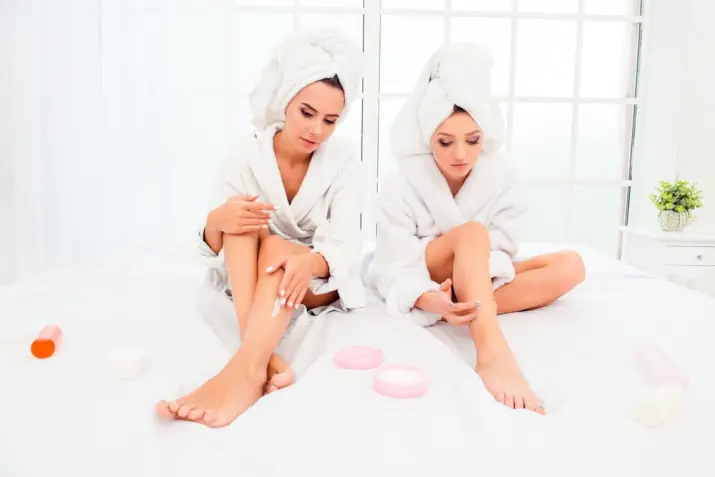
Red dots appear from hair removal - wax, sugar, laser, photoepilation and a regular epilator. These are all potential irritants for our skin. So, The main reasons for this unpleasant phenomenon are as follows:
- First reason– mechanical impact on the dermis by pulling out the hair from the roots. The hair follicle closely “cooperates” with the nerve endings in the cells. When it (the root of the hair) is unceremoniously torn out, everyone suffers - the woman, the hair, and its root. It is especially difficult for the skin.
- After hair root removal, sebum production increases. It literally clogs the pores, which causes irritation and partial ingrown hairs.
- During hair removal, the stratum corneum layer of skin is additionally removed. – pay attention to dry specks of dust on the epilator or in the sugar paste, these are “dead” scales.
- Too thin and sensitive dermis will be covered in irritations in any case - this is its anatomical feature, and you will have to come to terms with it. Minor rashes (and even itching) haunt such a woman for a long time, but experienced epilator and wax users were able to come up with several simple ways to deal with troubles - read about it below.
- Skin that is not yet accustomed to frequent hair removal is subject to irritation. At first (up to six months), the skin may react strongly, but gradually the itching and redness will subside. Already a couple of hours after the hair removal procedure, you can forget about such problems.
- Poor quality wax, sugar, dirty, dull epilator can cause redness of the skin and cause more serious consequences - allergies and pustules. To prevent this, take care of your epilator and contact certified technicians with experience, recommendations and photos of clean cabinets on social networks.
- Residues of wax or sugar on the skin can clog the epidermis, As a result, pustules appear. Thoroughly clean the skin after such hair removal - using special liquids or traditional methods.
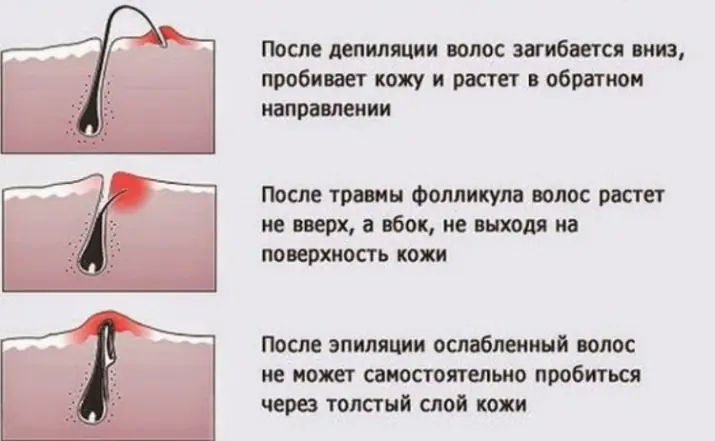
So, when red dots appear on the body after hair removal, this is a normal reaction of the skin to an irritant, it is quite natural. But on some women these same spots last for 10 minutes and disappear, while others are tormented for another two or three days and are accompanied by itching. The skin affects how long they stay on the body. On “thick” and not very sensitive skin, the rash goes away within a couple of hours. On light, thin, sensitive skin, they can last up to two to three days.
If hair removal is too harsh a method of hair removal for you, you should give preference to depilation (removing hair with a razor or cream). However, it is not suitable for daily use - irritation will still strike sooner or later. During depilation, the superficial body of the hair is removed, and after only a day it begins to prick unpleasantly.
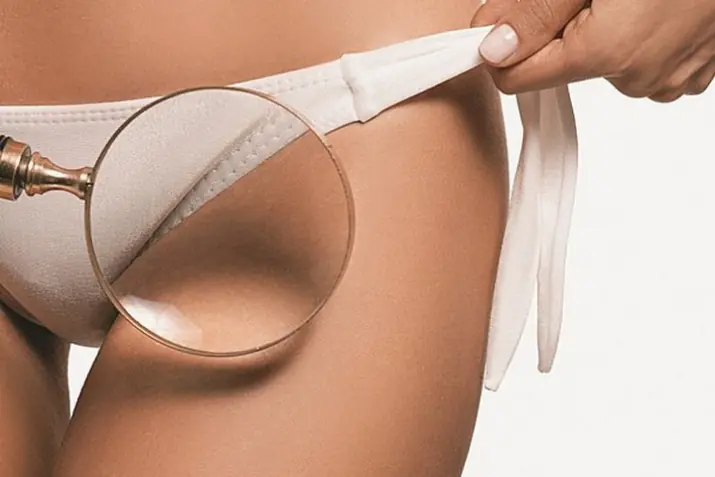
How to avoid?
Proper preparation for hair removal will reduce the extent of its manifestation. Well-cleaned and pre-prepared skin will thank you. The following useful recommendations can be highlighted:
- Before removing hair, cleanse your skin with a scrub - about 24 hours in advance. Abrasive particles will remove dead skin cells of the epidermis and “open” the path to the hair root. They will remove obstacles on the way to the hair follicle. You can use the scrub a couple of hours before the procedure or immediately before it. If the skin is very sensitive and thin, it is better to do this a few hours in advance.
- Clean the skin with a disinfectant composition - it can be hydrogen peroxide, alcohol up to 70 degrees, Miramistin or any pharmacy product.
- You can pre-steam the skin. Then it will be easier for hair follicles to pass through the open pores on its surface, and they will injure the skin less. Cosmetologists do not always praise the steaming method.
- If you're using an epilator, you can apply a lot of cold to your skin. Then the pain sensations will further decrease, since the reaction of the nerve endings on the body will dull.
- After the procedure, be sure to apply a moisturizing cream to the areas of the body “affected” by hair removal: “Bepanten”, “Panthenol”, regular children’s cream - it doesn’t matter. It’s good if the product contains soothing components - aloe vera, plant extracts.
- Before going to the beauty salon, do not visit the sauna or bathhouse for 3 days. It is not recommended to carry out steaming procedures, but you still need to take a shower.

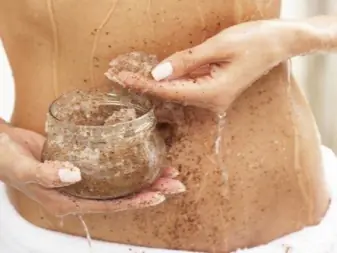



After hair removal it is not recommended:
- wet the skin for 2-3 hours (it is advisable to abstain longer - up to 12 hours);
- sunbathe for 2-3 days;
- use a scrub (you can only do it after a day or two, not earlier);
- use alcohol tinctures and lotions.

Cosmetologists recommend leaving the area that was subjected to the procedure in its natural state and ensuring comfort and peace - for example, do not wear underwear and choose loose cotton clothes (if you had bikini hair removal), do not wear tight trousers and tights (when removing hair on your legs).
The face area is especially sensitive, and irritation above the upper lip or in the eyebrow area is the most unpleasant consequence of hair removal. To get rid of redness that has already formed, cosmetologists recommend treating the area with thermal water or a mild tonic without alcohol. You can use regular peroxide or herbal decoction. They also recommend freezing herbal decoctions in cubes, which will not only help to urgently relieve irritation, but will also be useful in daily dermal care.


If the redness is so strong that it causes discomfort, pain, or if it leads to the formation of spots or pigmentation, this is a serious reason to contact a cosmetologist or dermatologist. There may be an infection in the skin.
How to remove hair correctly?
Wax
It doesn’t matter where the hair is located - in the armpits, on the arms, legs or stomach. Their length should be 0.5-1 cm. Apply heated wax to the body against hair growth or along it (suitable for sensitive skin), place a paper strip on top, press it down and wait for the composition to dry - about 10-30 seconds. Tear off the strip along the hair growth. To reduce pain, press your fingers on the area to be epilated - this will significantly reduce sudden pain and allow the skin to calm down more quickly.
Using wax strips is one of the most affordable methods of hair removal at home. Preheat the strip in your palms and stick it on the area of the body along the hair growth. To make its shape fit the contours of the body, you can trim the corners or change the shape as a whole. When the strip sticks, smooth it with your palm and sharply pull it in the direction against hair growth.
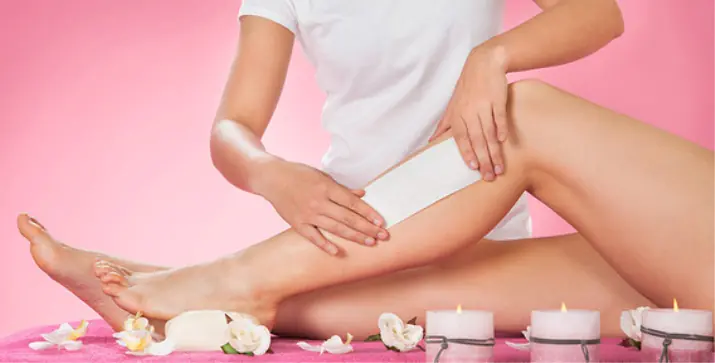
Sugar
The conditions are the same - the size of the hairs must be at least half a centimeter. Apply the melted sugar mixture to the skin according to growth, roll it for 5-10 seconds, grabbing the hairs. Using a movement along the growth, remove the “sweet” strip - this must be done sharply.
Sugar is considered the safest and most affordable method of epilating the area on the face. Take some sticky mixture and place it on the area above your upper lip. Use your fingers to spread it over the surface and roll the hairs into the mass. Using jerky movements, remove the paste against the direction of hair growth.
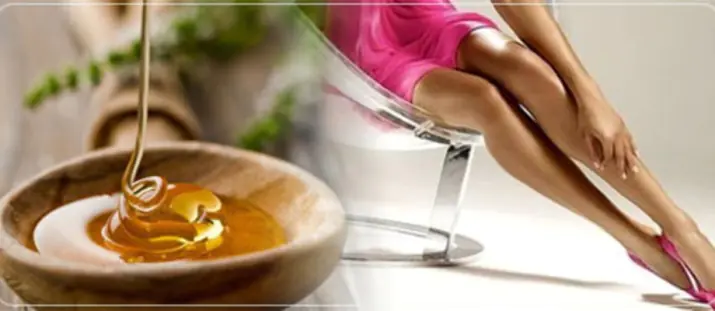
How to quickly calm your skin?
Pharmaceutical antiseptic products and moisturizing creams will help get rid of redness on the skin caused by hair removal:
- any baby cream;
- "Boro Plus";
- "Miramistin";
- "Bepanten";
- "Panthenol";
- "Chlorhexidine";
- Alcohol-free soothing facial lotion;
- thermal water;
- any ointment or cream against burns.
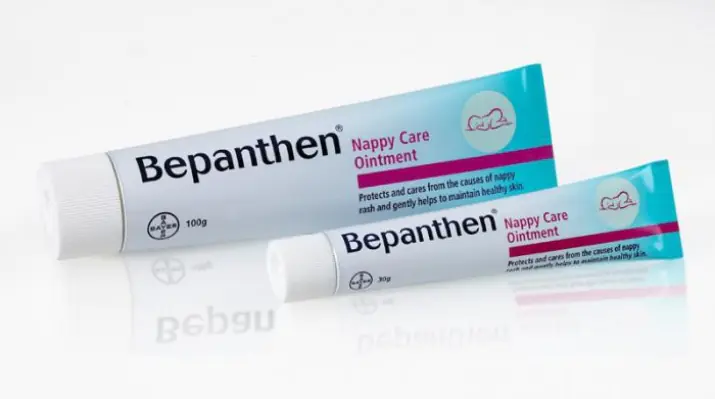
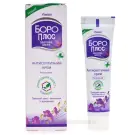

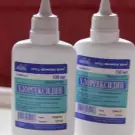
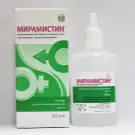
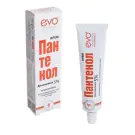
If the irritation does not go away for a long time or you are a supporter of traditional medicine, the following will help:
- Aloe Vera Leaf Juice: Cut the leaf of the medicinal plant lengthwise and place it on the “wound”.
- A decoction of medicinal plants: chamomile, celandine, calendula. It is necessary to brew the herb and let it brew for a couple of hours, after which the affected areas should be wiped.
- A mixture of any base vegetable oil (olive, vegetable, coconut) and tea tree, chamomile, lavender extract.
- Baby powder.
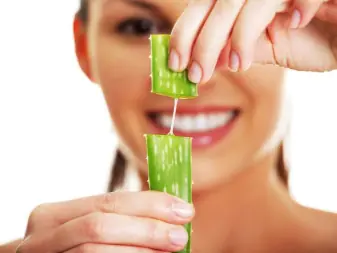

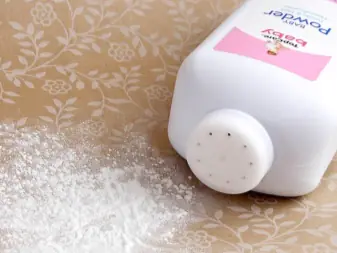

How to remove?
The best way to eliminate irritations is to prevent their occurrence through careful preparation, checking the composition for allergies and expiration dates. You should stock up on clean strips (for waxing) and new spatulas for applying and distributing the composition. You need to put cotton pads and soothing lotion near you. Don't forget the disinfectant lotion.
Wax and sugar can cause allergies, so be sure to test for an allergic reaction before your first treatment. Apply a little mixture to the bend of your elbow and assess the situation after 10 minutes. Itching, redness, rashes are a reason to refuse a home procedure.
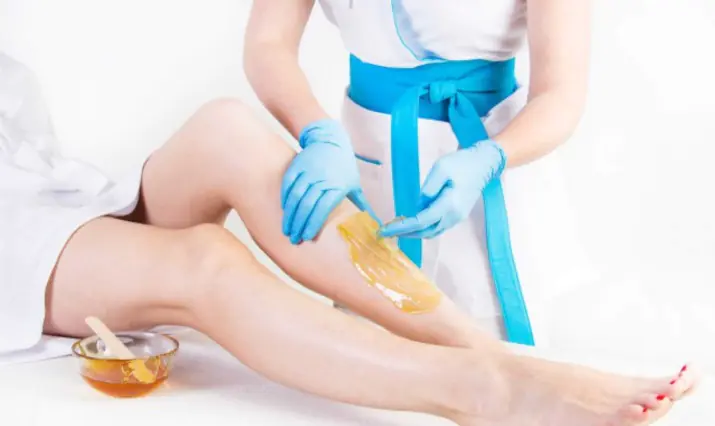
Pharmacy anti-burn ointments and creams will help reduce the resulting redness: due to their light texture, they are quickly absorbed into the epidermis and perfectly reduce irritation. Unfortunately, it is not always possible to remove redness instantly. Sometimes it is better to apply one cream after hair removal than to wipe your poor skin with your grandmother's tincture every three minutes. By the way, constant rubbing with cotton pads can also cause increased irritation. You wipe your skin once and that’s enough; next time, use tonic no earlier than a couple of hours later. It’s even better to use a spray - for example, thermal water. You definitely can’t go overboard with it.
Sometimes the skin's reaction is unpredictable: after hair removal by any method, ingrown hairs or pustules often appear. All this slowly leads to the formation of age spots. Ingrown hairs interfere with the normal functioning of the skin and appear on its surface as huge inflamed pimples, which must be promptly and carefully removed.
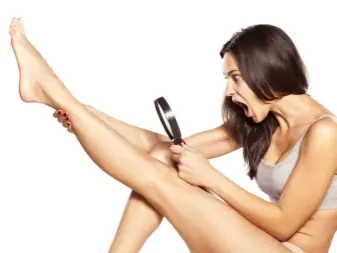

Almost 9 out of 10 cases of their removal are caused by age spots. They can and should be fought. A scrub will help prevent their formation. Cleanse your skin with it about a day before waxing and do not forget to use the product at least 2 times a week in order to remove dead skin cells in time and set the direction of growing hairs.
It will take a long time to treat pigment spots: to do this, you will need to wipe the epidermis with lightening compounds (special lotions without alcohol or regular lemon juice, you can use a cream against pigment formations and combine the above methods). Creams and gels against ingrown hairs will help prevent the formation of inflammation and pigmentation - after the hair removal procedure, they are always used by both professionals in salons and home craftsmen. Pharmacy ointments, like Badyagi, will help cure inflammation.
How to get rid of irritation after shaving, watch the following video
Facial and body hair removal is a popular procedure among women and men. Whatever tool you choose, a razor or hot wax, your skin may become irritated. We'll teach you how to get rid of it.
- Signs of irritation after depilation
- Causes of irritation
- How to reduce the likelihood of irritation: your actions before depilation
- How to reduce irritation: what to do after depilation
- Ways to eliminate irritation
- Tools Overview
Signs of irritation after depilation
Irritation is an absolutely normal reaction of the skin to hair removal using tweezers, wax, razor or electric epilator, because this procedure injures the skin and hair follicles. To make the instructions for eliminating irritation as useful as possible, let’s first find out what the difference between hair removal and depilation is.
At hair removal The hair is removed completely, along with the root. This effect can be achieved using wax, sugaring, laser or electric epilator.
Depilation - a procedure for removing the visible part of hair, for example, with a razor or depilatory cream.
It is necessary to distinguish between depilation and hair removal © iStock
After the procedure, the skin may behave differently, depending on its initial condition and the method of hair removal.
Dryness and flaking As a rule, they occur after using a razor - the blade injures the upper layer of the epidermis, damaging its integrity.
Appearance of red dots at the site of hair removal - a common problem for those who use an epilator or wax. Usually the spots go away quickly: after a couple of days if the skin is normal, a little longer if it is sensitive.
Ingrown hairs appear on skin that has a thicker stratum corneum and cause various inconveniences - from an unaesthetic appearance to the risk of inflammation.
Extensive redness may indicate an allergic reaction to the components of the depilatory product or a burn after epilation with hot wax or sugar.
Causes of irritation
The chances of a negative skin reaction after depilation are really high. And there are explanations for this.
The skin often reacts with irritation to hair removal procedures © iStock
Microtrauma
Even the most advanced razor, when shaving hairs, injures the top layer of skin, which can lead to redness, dryness, and flaking.
Injury to nerve endings causes a natural response in the form of local redness - red dots appear at the site of the hair follicles.
Pollution
If, in addition to red dots after depilation, small inflammatory elements with pus inside appeared on the skin, hair removal probably led to damage to the barrier properties of the epidermis and disruption of the normal bacterial flora.
Ingrown hair
Allergic reaction
In this case, not only irritation and redness of the skin are possible, but also itching and even swelling.
How to reduce the likelihood of irritation: your actions before depilation
To ensure that the skin reacts to hair removal as painlessly as possible, it is worth preparing it for the procedure in advance.
Exfoliating your skin prevents ingrown hairs © iStock
The best prevention of ingrown hairs is timely exfoliation. Use scrubs at least once a week.
If your problem is post-epilation dryness and flaking, start intensively moisturizing your skin a few days before the procedure. The easiest option is to apply body cream daily immediately after showering.
Immediately before waxing, the master treats the skin with powder or talcum powder. This is an important point: the more moist the skin is, the longer you will have to work on it and the stronger the irritation will be.
How to reduce irritation: what to do after depilation
For different types of procedures, methods for eliminating irritation and redness vary.
A few days before waxing, start moisturizing your skin © iStock
After shaving or depilatory cream, a moisturizer with soothing ingredients (allantoin, chamomile extract) will be useful.
After epilation with wax or an electric epilator, on the contrary, there is no need to moisturize the skin on the first day. It is better to avoid getting water on the hair removal sites. Use absorbent powder, this will prevent the growth of bacteria in the follicles.
To prevent ingrown hairs, you can treat the skin with a special product or practice gentle exfoliation.
Ways to eliminate irritation
The skin on different areas of the face and body reacts differently to hair removal. For example, the skin of the legs becomes dry, and inflammatory elements may appear in the bikini area.
After hair removal, apply a moisturizing, soothing cream to your skin © iStock
A frequent accompaniment of irritation after hair removal is small inflammatory rashes. This is folliculitis. To prevent its appearance, after removing hair with wax, tweezers or cream treat the skin with an antiseptic.
If irritation on the skin of the legs, arms and body occurs after shaving, generously lubricate the treated areas soothing cream.
Regular baby powder or any product containing talcum powder in the composition.
Do not wet your skin under any circumstances after epilation (a procedure that involves removing hair from the root): moisture can increase the negative reaction of the skin. To prevent or reduce inflammation, use talc.
Tools Overview
These soothing and restorative agents can be useful before, during and after waxing and hair removal.
Before the procedure
aloe vera and chamomile extracts
| Product name | Active Ingredients | Mode of application |
| Creamy body scrub “Grapefruit”, Kiehl’s | Apply to skin with massaging movements, then rinse using shower gel or soap. | |
| Shaving foam for sensitive skin, Biotherm | thermal plankton extract, chamomile extract, glycerin | Apply to cleansed skin; after depilation, remove any remaining foam with water. |
| "Precious Beauty Scrub", Garnier | cupuaçu tree fruit seeds, four oil complex | Apply to skin with light massaging movements, rinse with water. |
After the procedure
Apply a small amount of gel to the skin immediately after shaving.
| Product name | Active Ingredients | Mode of application |
| Soothing aftershave lotion that prevents ingrown hairs, Kiehl's | salicylic acid, ginger root extract and fireweed angustifolia | After shaving, apply a small amount of lotion to your face or body. |
| Soothing aftershave gel for irritated skin, Kiehl’s | squalane, aloe vera and peppermint leaf extracts |



